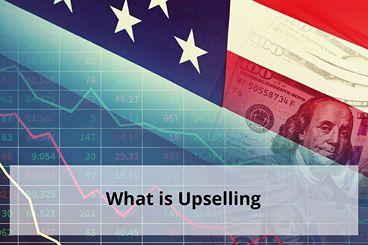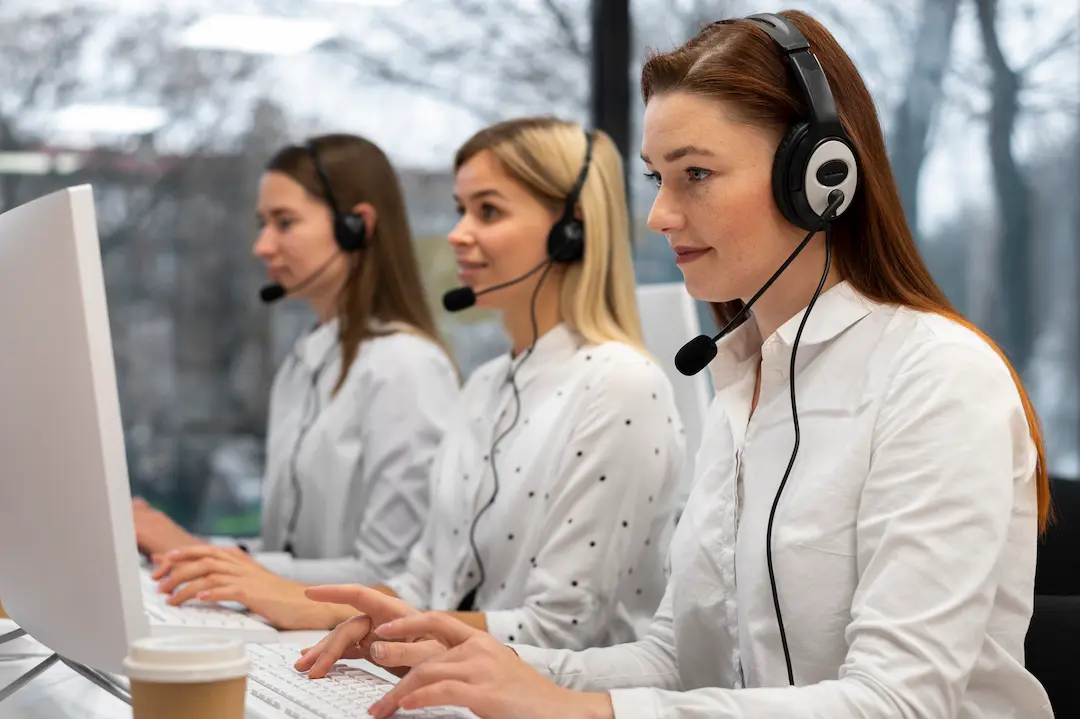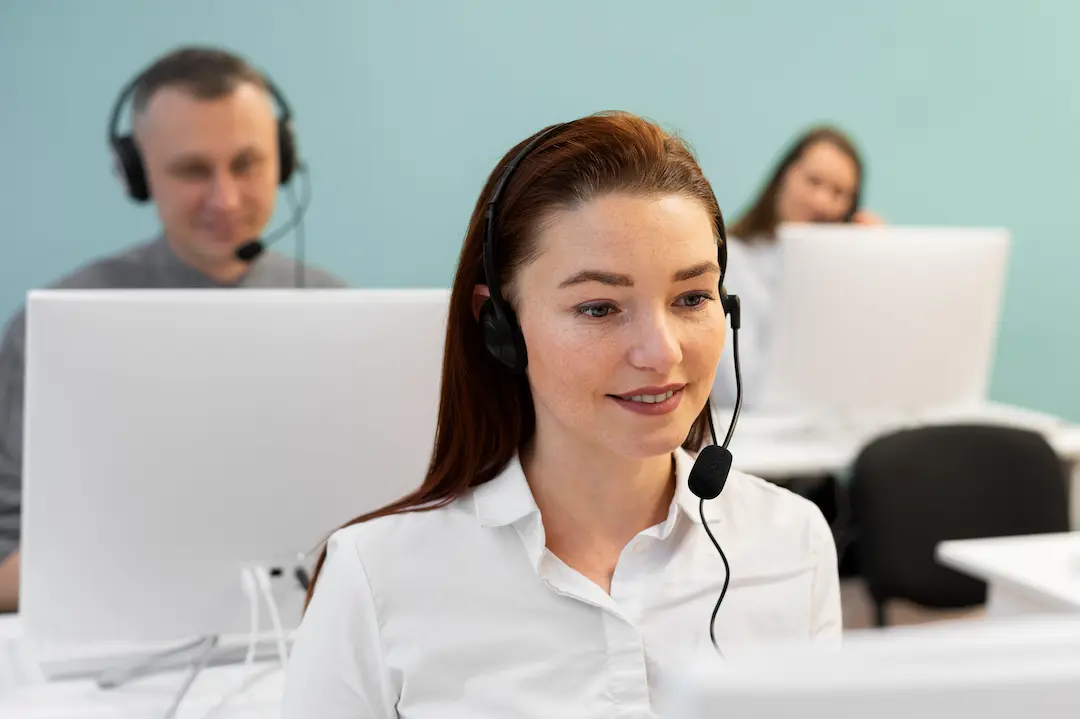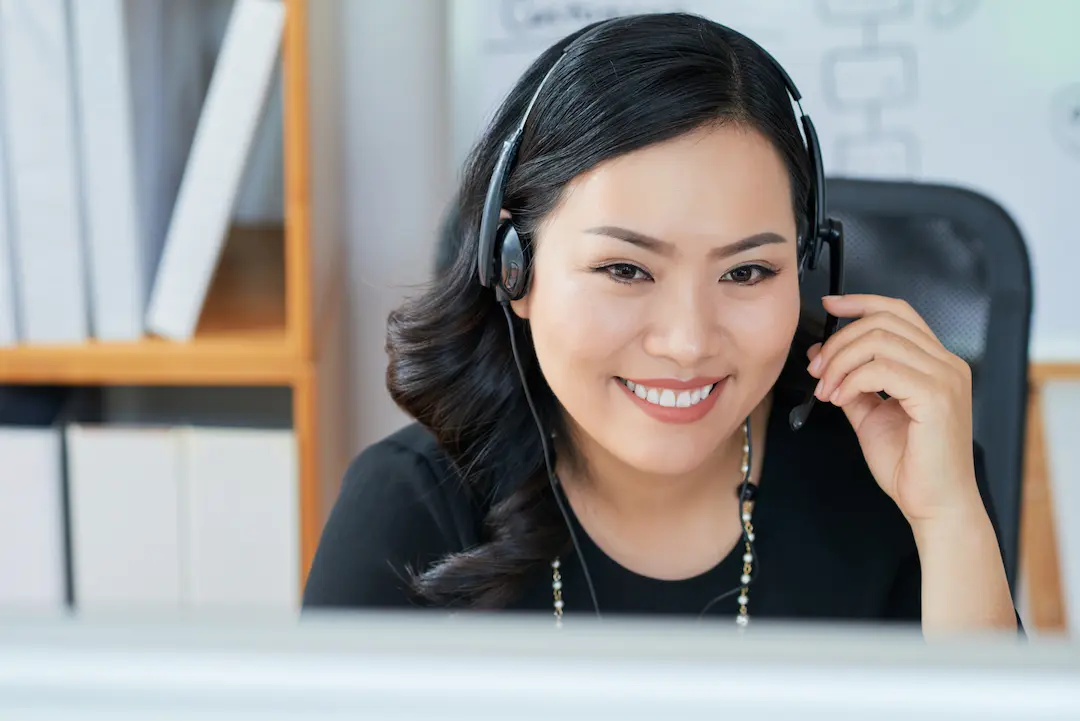Getting customers to spend more money is the name of the game, and upselling is one of the best ways to do that. It’s a technique that convinces a customer to buy a higher-priced, higher-margin product or add-on by demonstrating how much better it will make their day-to-day life. Upselling is an effective way to increase the value of your sale and boost revenue by providing customers with an additional product they can benefit from. Plus, it creates opportunities for the customer to get more value from the product they purchased.
To be successful at upselling, you need to understand what it is, how it works, and why it’s so valuable for your business.
What is Upselling?
Upselling is the art of getting a customer to buy something that is more expensive than what they originally intended.
While upselling can be as simple as suggesting a larger size or a more expensive model, it can also be much more complicated than that. At its core, upselling is about understanding your customer’s needs and then offering those products that satisfy their needs in some way.
It can be useful to think of upselling in terms of the following categories:
- Products that satisfy different wants/needs. For example, if a customer wants a pair of running shoes and you offer them a pair of hiking boots, you are satisfying their need for shoes but for an entirely different, but additional kind of use.
- More expensive products/bundles which have more features or meet more needs. For example, if a customer just wants a basic laptop and you offer them one that is touch screen, you are upselling them on a product with additional features. Additionally, if they want just one book and you offer to sell them the entire series, you are bundling multiple products into one purchase.
How do You Upsell Correctly?
Upselling is an essential part of any e-commerce or storefront business, but it’s one that many companies struggle with. What’s the best way to upsell without making customers feel like you’re taking advantage of them?
You need to be careful about how you upsell in a few different ways. One of the most important things is to make sure your upsells seem like actual upsells, not just attempts at getting your customer to buy more. The purpose of an upsell is to offer a product that makes sense as a companion to the one they already purchased—not something else you want them to buy just because it adds to income.
So, if your customer bought a bathing suit, upselling them on another bathing suit might work, but offering them a 25 percent discount on a new toothbrush would be pretty weird.
Another thing you should keep in mind as you think about how to upsell is that you don’t want to make your customers feel like they made a mistake by buying the wrong thing. That means when you do offer an upgrade or recommend another product, it should always be framed as “If you want” rather than “You should”.
Why do You Need to Upsell?
Upselling is a sales technique where you encourage customers to purchase related products or upgrades. For example, when you are buying a burger at McDonald’s and they ask: “Would you like fries with that?” this is an attempt at upselling.
There are several reasons why upselling can be so effective:
- It is easier and faster to sell to existing customers than it is to find new ones.
- When you make a profit on each sale, your profit margin increases.
- Upsells build customer loyalty. Customers will leave if they think they can save money somewhere else!
Can You Upsell Any Product or Service?
In short, yes.
When done well, an upsell is a great way to get more value out of your content marketing efforts without having to start from scratch and create new content.
When you upsell a product or service, you provide supplementary information that helps your readers make their decision on whether or not they should buy the product or service.
This information could be in the form of a demo video, written guide, infographic, or even just a good old-fashioned article.
What Are the Dos and Don’ts of Upselling?
In-person and online, upselling can make a big difference in your sales. So, what are the do’s and don’ts of this sales strategy?
Do’s
- Try to match your upsell item with the purchase. For example, if someone is buying a new phone case, you could sell them a screen protector.
- Make sure that the upsell is more expensive than the main item.
- Take the time to explain how the two items work together. If you don’t tell them how they benefit from having both items, they won’t understand why they need two items instead of one.
Don’ts
- Don’t try to upsell when someone is returning an item or trying to exchange it for something else. It will likely just frustrate them and make them less likely to buy in the future.
- Don’t be pushy! In general, customers respond well to being asked if they would like an upgrade or addition. If you keep pushing after they have said no, they will get annoyed and may even leave your store or website.
Final Thoughts on Upselling
Upselling is a great way to increase sales and profits, and it’s easier than you think. It’s about giving customers more of what they want, so when you do it right, it’s a win-win.
You can upsell by offering customers more of what they want a bigger version of the product they’re looking at or a product that pairs with what they’re looking at and makes it even better.
Whatever way you decide to upsell, remember that your goal is to make your customer’s life better, not just your own. If you can do that, the upsell will feel natural and will be something your customer appreciates and comes back for more of! On top of upselling, it can be beneficial to hire a company like ours who specializes in this process through inbound/outbound call centers and even live chats!













